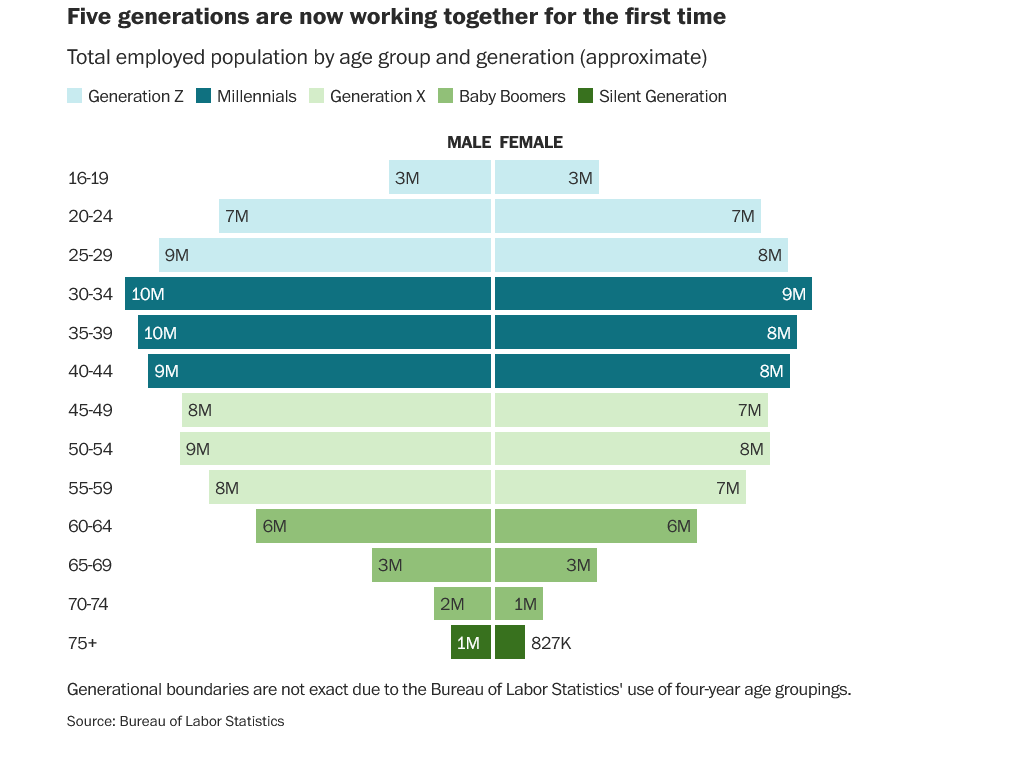Hopefully more knowledgeable people will correct or add. Here is what I’ve been hearing.
- The Department told the FS that they had act as if the current House budget numbers for 2025 were going to be final. This usually isn’t ultimately the case, but is conservative.
My view if this is true: well, the Department has to pick a number for now, and I can’t argue for any number, over any other as being more realistic. Plus it’s their call. Here’s what Government Exec said about the numbers.
The Forest Service asked for $8.9 billion in funding in the president’s fiscal 2025 budget request in March.
The House version of the Department of the Interior, Environment and Related Agencies Appropriations Act, released on July 11, includes $8.4 billion for the Forest Service, with a projected 3.5% cut from fiscal 2024 levels, but a 4% increase for wildland fire management.
“following the findings of a strategic hiring assessment, workforce attrition was “well below 5%,” which signaled the need for more measured hiring plans.
“On one hand, we should celebrate that our staff are staying because they feel connected to the mission, they feel heard, and they are committed to improving our nation’s forests and grasslands,” said Moore. “To stay within budget and continue to deliver on our core mission, we must implement tighter controls on both internal and external hiring.”
Moore said that the Forest Service will move forward with 157 tentative job offers already made to external candidates and will continue to prioritize internal hiring to promote advancement for agency employees, but will focus future outside hiring on “the highest priority positions”.
Those positions include public health and safety roles, those needed to fulfill critical mission deliverables and highly specialized or difficult-to-fill jobs internally. Moore said the Office of the Chief would approve external hiring based on criteria, including converting permanent Forest Service positions from current student employment programs.”
I’m a little puzzled by how making student positions permanent is also “hiring on the highest priority positions.” A few more sentences to connect the dots would have been helpful.
If it’s the potential retirees who haven’t retired who are responsible, I think that it’s particularly interesting. My first guess, as a retiree, is that if I were working now I would be a bit spooked by the recent inflation. For us oldsters who remember inflation, it hasn’t been a thing for so long that we may have forgotten. It was a wake-up call, for sure.
Like the Chief said, “people not leaving,” in general, is a good thing. And some of us remember encouragements to retire, such as early-outs and bonuses, and some folks being in retirement limbo waiting for these. I don’t know if that’s still a motivation.
But having that in the back of my mind, (the generations), I ran across a few other related articles.
First, an op-ed from the WaPo. Title:
A big problem for young workers: 70- and 80-year-olds who won’t retire
With five generations in the workforce, it’s harder for beginners to get hired or promoted.

I tell ya what I’m seeing in the Colorado High Country, in recreation, the FS is determined to promote and restrict dispersed recreation to “designated dispersed” sites. The problem; too few of these dispersed sites are being planned for, and the developed rec sites are opening late (Memorial Day) and closing early (Labor Day). Where are people to go?
Does this response miss the subject of Sharon’s pst? No! These recreation positions are not deemed “essential” because they do not contribute directly to targets. PAOTs are just like the sunrises, they’ll happen anyway! And, from what I’m seeing (and has always been the case), positions being vacant puts more demand on those still working within their position description, but making those employees do two – or three jobs!
I don’t but what’s being told by the WO. Either someone’s is not coming clean with the whole story or the disconnect between the WO and field is an ever deepening chasm!
Also, it looks like the spread of employees, broken out by age, is pretty consistent to where it should be. Student hires, my be-hind!
I agree – there is a mismatch between what the Gov Exec article says and what is happening on the ground. This is more than just “not as many people retiring as expected”. When one region just announced that none of their temporary (1039 hour positions) will be working on October 1st, regardless of funding source, and another region has said that permanent seasonals will not have their minimum tours extended, regardless of funding source. There’s a lot more going on than retirements. And, sigh, people are suddenly bringing up “efficiency” and “working smarter” again when we all know how that worked (it didn’t) before.